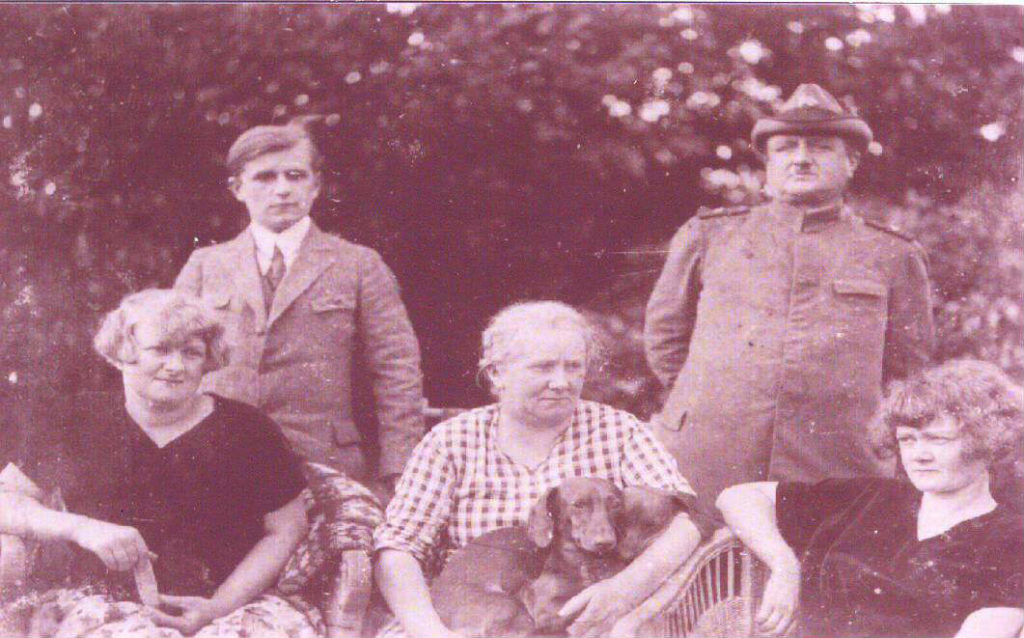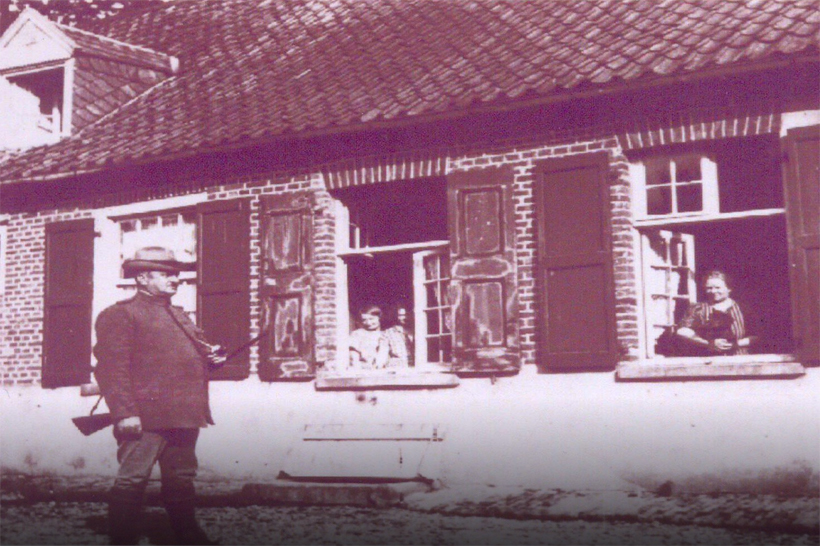- Grafwegener Str., 47559 Kranenburg, Germany
Until 1972, the forester’s house of Nergena-Süd stood in one of the most western points of Germany: Grafwegen. The Rausch forester family had lived here since 1925. From here, Luise Rausch and her daughter Else helped Jews cross the border. Because of the ‘green’ border, there were an abundance of paths and shortcuts with which to cross the border. In late January 1939, the border at Wyler/Beek became the scene of a failed escape attempt.
The first flood of refugees from Germany arrived immediately after the boycott measures against Jewish shops came into effect in April 1933. Visa-free travel initially made it easy for German Jews to cross the border. However, the violent Kristallnacht in November 1938 put the situation on edge. It became clear to everyone that there was no future for Jews in Germany, and a massive stream of refugees began. Around 10,000 refugees attempted to cross the border into the Netherlands, including the border at Kranenburg.
The over 500-km-long ‘green’ border, which was hard to patrol, offered an abundance of paths and shortcuts to cross the border in secret. Because ‘illegal Jewish emigration’ attempts continued to increase, the Gestapo (secret state police) in Düsseldorf took further measures on 31 March 1939 to “accelerate the definitive prevention” of attempted escapes. From that moment on, not only Jews were “detained for the protection of state security”, but also those who “helped Jews gain a personal advantage”.
A spectacular attempt to escape took place at the Wyler/Beek border in late January 1939, involving Luise Rausch, the wife of the forester of Nergena-Süd in Grafwegen. However, Luise walked into a trap and was arrested for assisting with illegal border crossing. She was imprisoned for nearly seven months.


